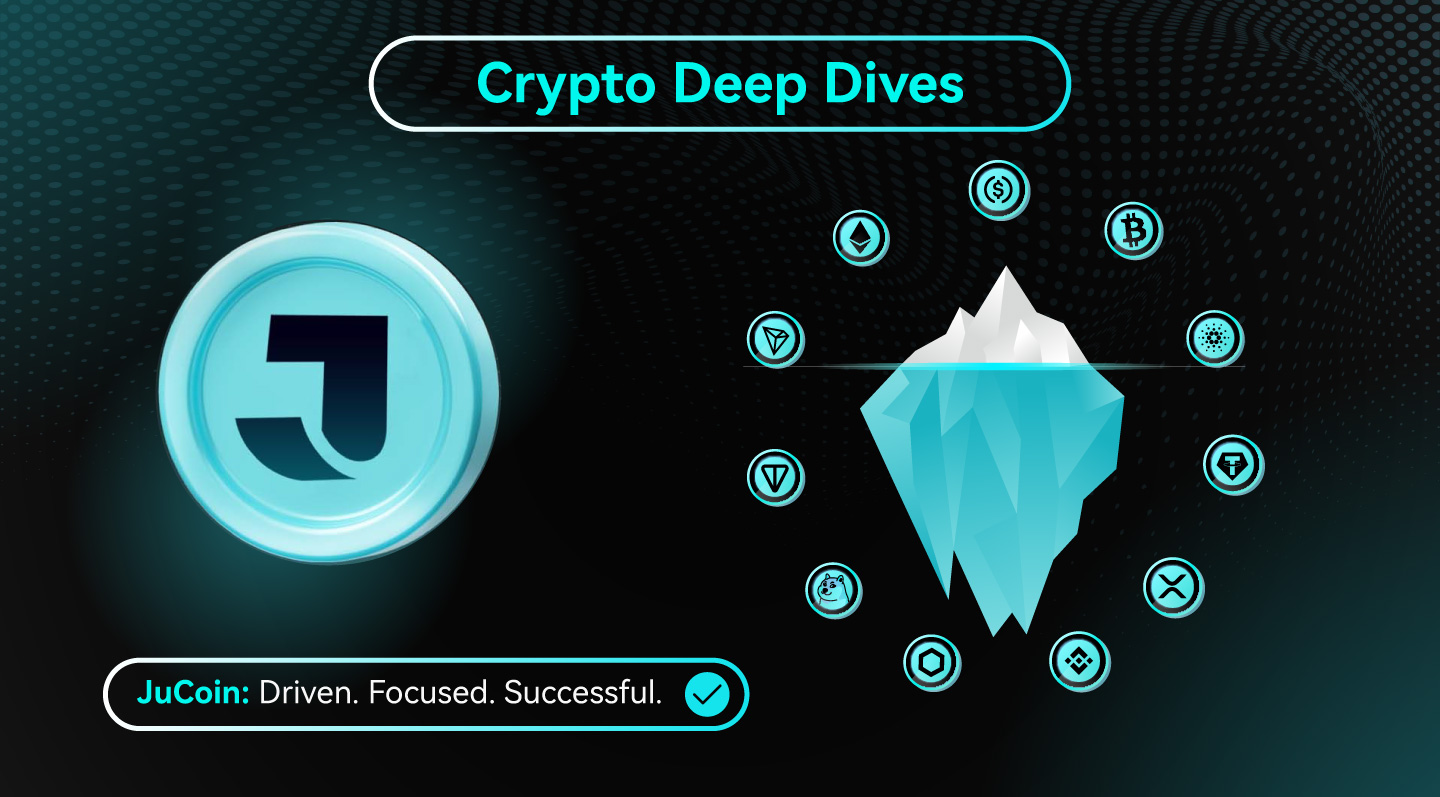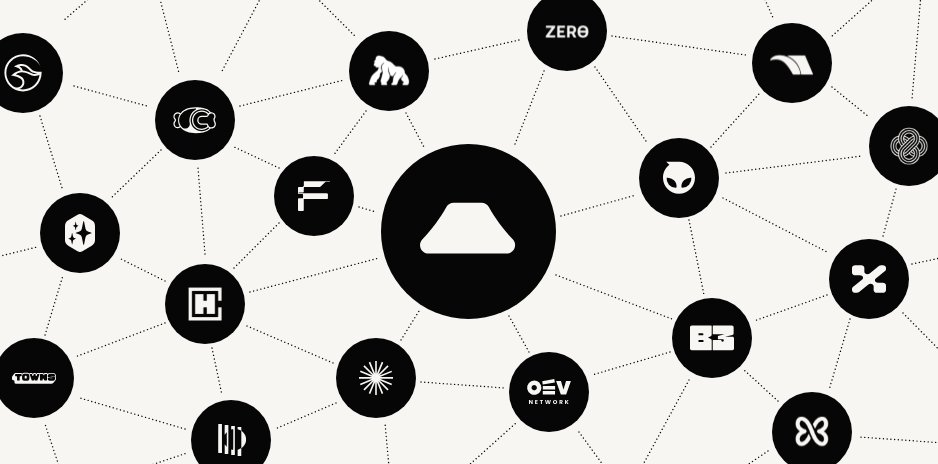
Caldera Metalayer is a cutting-edge cross-chain interoperability framework that connects hundreds of rollups and millions of users, enabling seamless communication, liquidity sharing, and intent-based execution for next-generation decentralized applications.
With Metalayer, Caldera transforms blockchain from isolated silos into an interconnected ecosystem, allowing developers to build scalable, sophisticated, and highly customizable dApps across the entire Ethereum landscape.
Summary
Metalayer is Caldera’s native interoperability network, built to connect app-specific rollups, facilitate cross-chain messaging, and enable unified liquidity and intent-based execution. By abstracting the complexity of multi-chain operations, Metalayer delivers a programmable, efficient, and secure experience for both developers and end-users.
What Problem Does Caldera Metalayer Solve?
As Ethereum’s ecosystem expands to thousands of rollups, poor composability and siloed blockchains have created friction for developers and users. Existing solutions are patchwork, slow to integrate, and fragment liquidity.
- Caldera Metalayer provides a unified interoperability framework, enabling instant cross-chain operations and liquidity sharing from launch.
- Developers can build dApps that move assets and messages across Caldera Chains and other EVM rollups, without facing integration or security headaches.
- Metalayer abstracts away technical complexity, letting builders focus on products and user experience.
External Reference: CoinDesk: Why Cross-Chain Interoperability Is Critical
How Does the Metalayer Work?
Metalayer’s design revolves around three complementary systems:
- Execution Layer: Powered by partnerships with Across, Eco, and Relay, this layer routes user intents and finds the optimal path for bridging and transfers, minimizing cost and maximizing speed.
- Settlement Layer: Built on Hyperlane’s open-source framework, enabling rapid, secure message passing and multi-chain state reads, with flexible security and finality options.
- Developer Toolkit: Simple APIs, SDKs, and embeddable widgets make integration straightforward, while UI and routing APIs support both end-users and app developers.
Metalayer is automatically deployed on every Caldera rollup, making cross-chain operations available from day zero, testnet or mainnet. This universal availability stands out against walled-garden approaches.
External Reference: Hyperlane: Open Source Interoperability Framework
Key Features: Fast, Secure, Intent-Based Interoperability
- Intent Engine: Developers specify high-level intents (the “what”) for cross-chain actions; Metalayer handles the “how” through automated routing and secure execution.
- Message Passing: Hyperlane-based protocol supports low-latency, 1-to-1 and many-to-1 cross-chain messaging, including real-time data reads and multi-chain state aggregation.
- Unified Liquidity: Metalayer aggregates bridge liquidity, quotes routes by speed and cost, and provides a network for capital to move efficiently between Caldera Chains and beyond.
- Gas Abstraction: Developers and users pay for execution on the destination chain using the source chain’s native token, simplifying cross-chain UX.
- Configurable Security: Flexible finality options allow projects to choose between soft finality for speed and finalized mode for maximum security.
Aggregation Layer and Routing API
- API-first: Developers interact with Metalayer via robust APIs to submit intents, get quotes, execute transactions, and track status in real time.
- UI for All Users: End-users and teams can select preferred routes, personalize settings, and monitor cross-chain transfers via intuitive interfaces.
- Third-Party Bridges: Bridges can plug into Metalayer to extend intent settlement and interoperability, benefiting from unified messaging and composable protocols.
External Reference: Across: Intent-Based Bridging Documentation
Security and Settlement: Finality, Validation, and Reliability
The Metalayer’s settlement layer is the backbone for secure intent execution and message passing. Core elements include:
- Interchain Security Modules (ISMs): Validate and secure all cross-chain messages.
- Multi-Sig Finality: Balances efficiency and security, ensuring message integrity even across complex bridge paths.
- Atomic Settlement: Prevents partial or inconsistent cross-chain execution, guaranteeing “all-or-nothing” outcomes.
- Customizable Security Levels: Developers and users can select optimal trade-offs between cost and protection based on transaction value and use case.
- Upgradeability: As rollup stacks add native interoperability (like Superchain or ZKSync native bridging), Metalayer automatically leverages these upgrades with no app changes needed.
Why Is Metalayer Different? Advantages for Builders and Users
| Feature | Caldera Metalayer | Legacy Solutions |
|---|---|---|
| Intent-Based Interop | Yes | No / Limited |
| Automatic Cross-Chain Messaging | Yes | Manual Integration |
| Unified Liquidity Network | Yes | Fragmented |
| Flexible Finality & Security | Yes | Rigid/One-size |
| API & Widget SDKs | Yes | Limited |
Developer Experience
- Deploy rollups with instant interoperability.
- Build sophisticated cross-chain dApps with simple APIs and SDKs.
- Benefit from continuous protocol upgrades—no need to rewrite code as the ecosystem evolves.
FAQ: Caldera Metalayer
- What is Caldera Metalayer?
A cross-chain interoperability network enabling instant messaging, unified liquidity, and intent-based execution across Caldera-powered rollups and beyond. - How does Metalayer abstract complexity?
Developers focus on core app logic; Metalayer handles cross-chain routing, messaging, gas, and settlement behind the scenes. - What rollups can use Metalayer?
Every Caldera Chain has Metalayer from launch. Metalayer will also support major EVM rollups like ZkSync, OP Mainnet, Base, Arbitrum, and Ethereum. - How does Metalayer handle security?
Through ISMs, multi-sig finality, and upgradeable settlement layers, allowing flexible choices per transaction. - Can third-party bridges join Metalayer?
Yes. Any bridge can integrate and use Metalayer’s message passing and intent settlement. - What does “intent-based” mean?
Instead of specifying exact low-level steps, developers define the outcome they want. Metalayer routes, executes, and settles the cross-chain process for them. - Is Metalayer live?
Protocol is in audit and preparing for mainnet; launch across Caldera Chains and major rollups expected within 90 days.
Key Takeaways
- Caldera Metalayer turns rollups into interoperable networks, eliminating blockchain silos.
- Developers can deploy intent-based, cross-chain dApps without integration headaches.
- Unified liquidity and seamless asset movement optimize user experience and markets.
- Security, finality, and protocol upgrades are abstracted for both devs and users.
- Metalayer is API-first, auto-upgrading, and available on every Caldera Chain by default.
Conclusion
The future of blockchain is multi-chain, and with Caldera Metalayer, rollups and dApps no longer face composability barriers or liquidity fragmentation. The Metalayer enables the next wave of high-performance, customizable, and truly connected applications, making “the Internet of Rollups” a reality.







